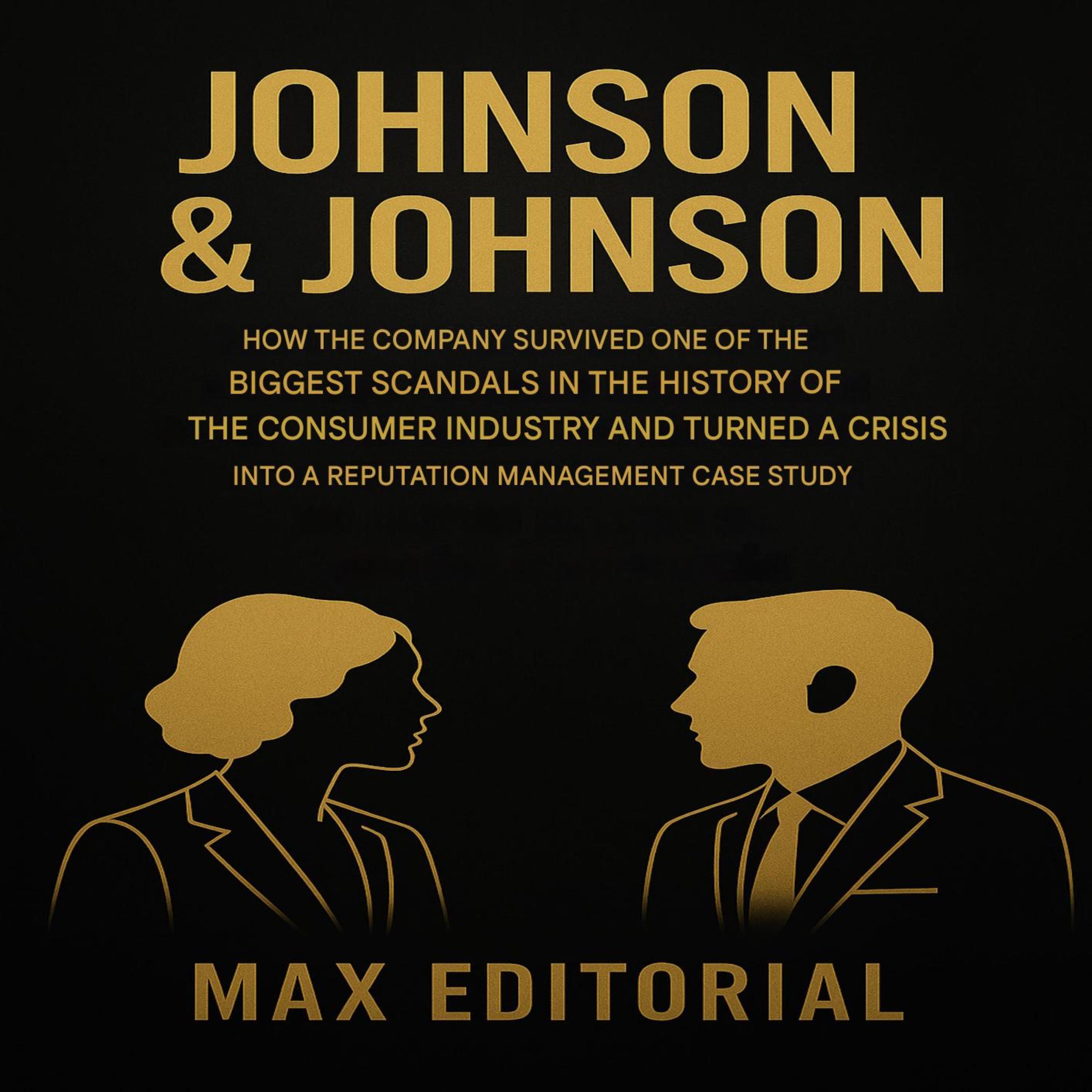Introduction to the Johnson & Johnson Case: The Scandal that Shook the Industry
In 1982, one of the biggest scandals in the consumer industry shook public confidence and forged the reputation of one of the world's most admired companies. Johnson & Johnson, a multinational pharmaceutical and consumer products giant, was about to face a crisis that would test its business ethics, management skills and commitment to consumers.
History was made when Tylenol capsules, one of the company's best-selling painkillers, were laced with cyanide and killed seven people in Chicago. The poisoning was a deliberate ploy by a criminal, but the way Johnson & Johnson responded to the challenge has become a model for companies around the world on how to manage reputational crises.
This book details the events that led up to this crisis, Johnson & Johnson's quick and efficient response, and how the company not only survived but used the situation to strengthen its brand and consumer trust. Crisis management and maintaining reputation in times of adversity are the most important lessons to be learned from this episode.
The Impact of the Scandal
When the deaths were linked to Tylenol, the impact was immediate and devastating. The product, which until then had been widely considered safe and reliable, was pulled from shelves nationwide. Sales plummeted, and the brand took a severe hit. But what happened next was shocking and worthy of study. Rather than trying to minimize the impact or cover up the facts, Johnson & Johnson took an open and honest approach, putting consumer safety first.
Quick and decisive response
The company immediately recalled 31 million bottles of Tylenol, worth an estimated $100 million, despite there being no evidence that all of the bottles were contaminated. Johnson & Johnson did not hesitate to put the safety and well-being of consumers above its own financial interests. This action was a bold move that at first might have seemed financially irresponsible, but it would later prove to be one of the greatest examples of successful crisis management.
Rebuilding Trust
Over the next few months, Johnson & Johnson implemented a series of measures to restore consumer confidence. These included introducing new tamper-evident packaging and communicating transparently with the public. The company's "full transparency" strategy became the foundation of its response, a move that is now seen as a model for other companies facing crises.
Practical Example
Imagine you are a company that has just been hit by a similar incident, where a food product contains a dangerous contaminant. The first thing you should do is act quickly by recalling all affected products from the market, just as Johnson & Johnson did with Tylenol. Transparency in all your actions, communicating with the public honestly and openly, is key. By putting consumer safety first, you are taking the necessary steps to preserve the integrity of your brand and build a solid foundation for the future.
